How to Shoot Wildlife Photography from a Kayak
Tips and Tricks for Capturing Bald Eagles and Better Around Channel Islands National Park
By Chuck Graham | June 9, 2022
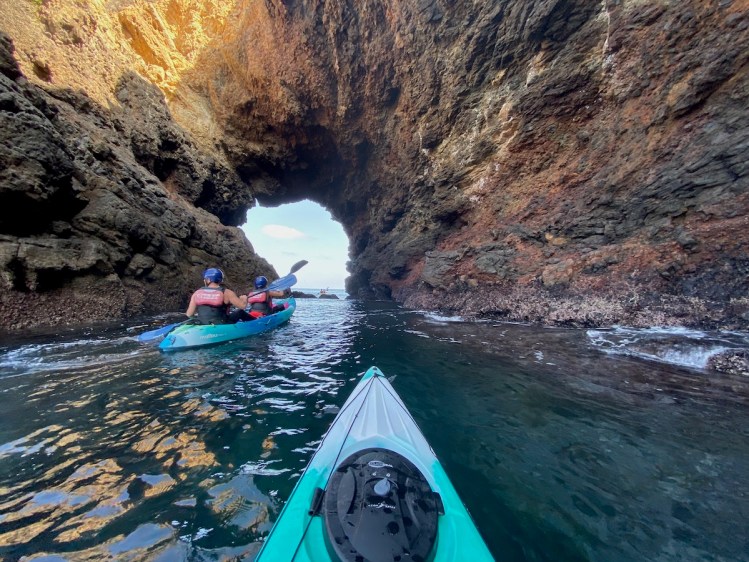
As two seafaring bald eagles perched 50 feet above me on Santa Cruz Island, I battled with a persistent 15 mph northwest wind while attempting to maintain position in my kayak. I was searching for a suitable composition against the honeycombed cliffs to photograph this majestic keystone species of the Channel Islands National Park.
Using a rudder stroke in a sit-on-top kayak, I glided atop a canopy of giant bladder kelp and made like a sea otter to ease into position. I swung my right leg into the water and wrapped my leg in kelp, that natural anchor affording me the photo opportunity I was looking for beneath the sheer, volcanic, wave-battered cliffs. It was a unique backdrop only attained from the seat of a kayak.
The dense canopy of kelp also forced the wind to lie down, thwarting any sea spray from coating my camera and 300 mm image-stabilizing lens. It also allowed me to steady my kayak and limit any camera shake as I photographed the two raptors before they flew off to catch another fish or antagonize the nearby western gulls yet again.
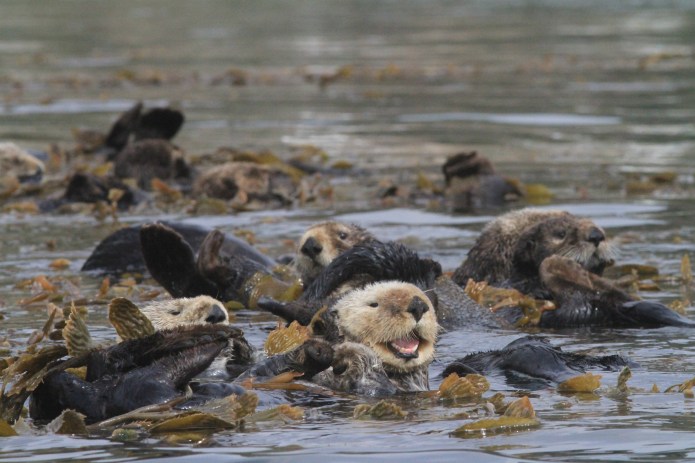
Photography from a kayak offers a unique, on-the-water perspective that you can’t achieve on foot or in the air. However, it’s a constant game of chess gauging wind, swell, and current while using these natural elements to your advantage and seeking out subjects in their native habitat.
A good percentage of my photography is from a sit-on-top kayak, which offers more flexibility than a closed-deck boat. In a sit-on-top, I can move around the boat freely, even lying down and facing forward to garner that sea-level perspective. It also allows me to throw a leg over either side of my kayak to steady it when kelp isn’t present.
Due to unpredictable sea conditions and constant movement, whether it’s sheet glass or a scene out of The Perfect Storm, shutter speeds are heightened from the kayak, and ISOs range from 3200 and higher. The image of one bald eagle lifting off in front of the other on Santa Cruz Island was taken about a month ago, and was shot at 1/1000 of a second, at F8, and the ISO at 3200.
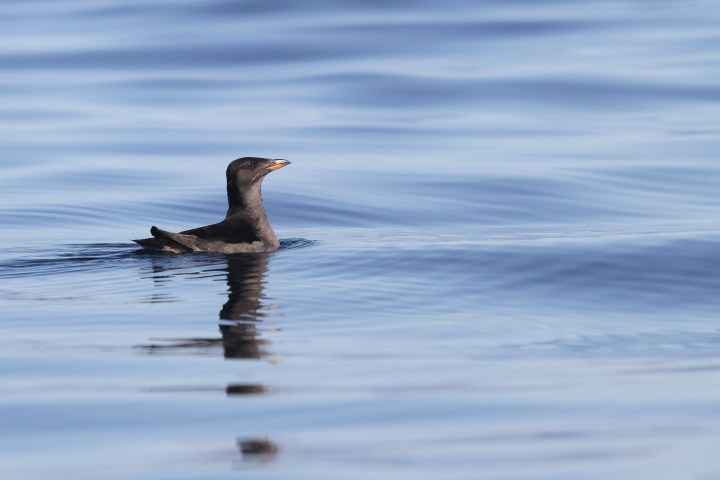
For years, I’ve gambled with camera gear in a kayak, playing Russian roulette when exposing my gear to the elements. There’s always that risk, but over the years, the rewards have far outweighed any possible snafus. I typically keep a dry bag resting in my lap, so my camera gear is always at the ready. I also keep a T-shirt in the dry bag to wipe down my hands before using my camera, as well as a leash attaching the paddle to the kayak.
The ocean realm’s occupants are also unpredictable. It’s never known when a northern fur seal, humpback whale, or a rare seabird like a rhinoceros auklet might surface while I’m paddling across the Santa Barbara Channel or, say, around San Miguel Island. So, the camera is always on, the lens cap is off, and my longest lens is always attached.
After all, I can always set up for a seascape and quickly switch to a wide-angle lens. Wildlife has always been on its own schedule, especially in the water, so it’s best to be ready and expect to be surprised from the seat of a kayak.
Read all of the stories in this year’s Blue & Green issue, “From Big Waves to Tall Trees.”

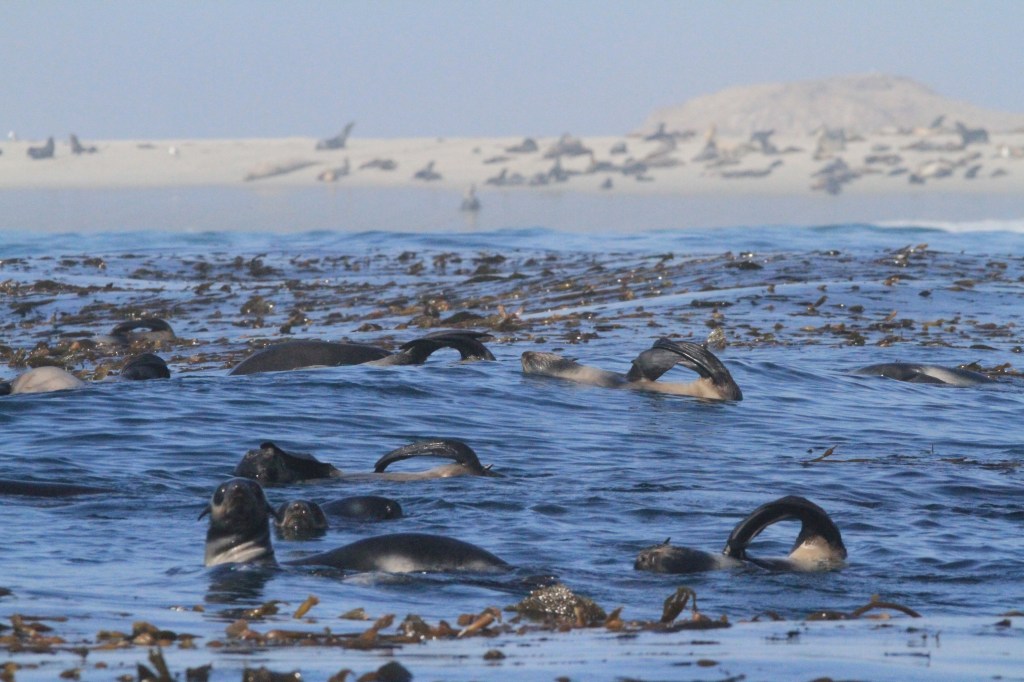
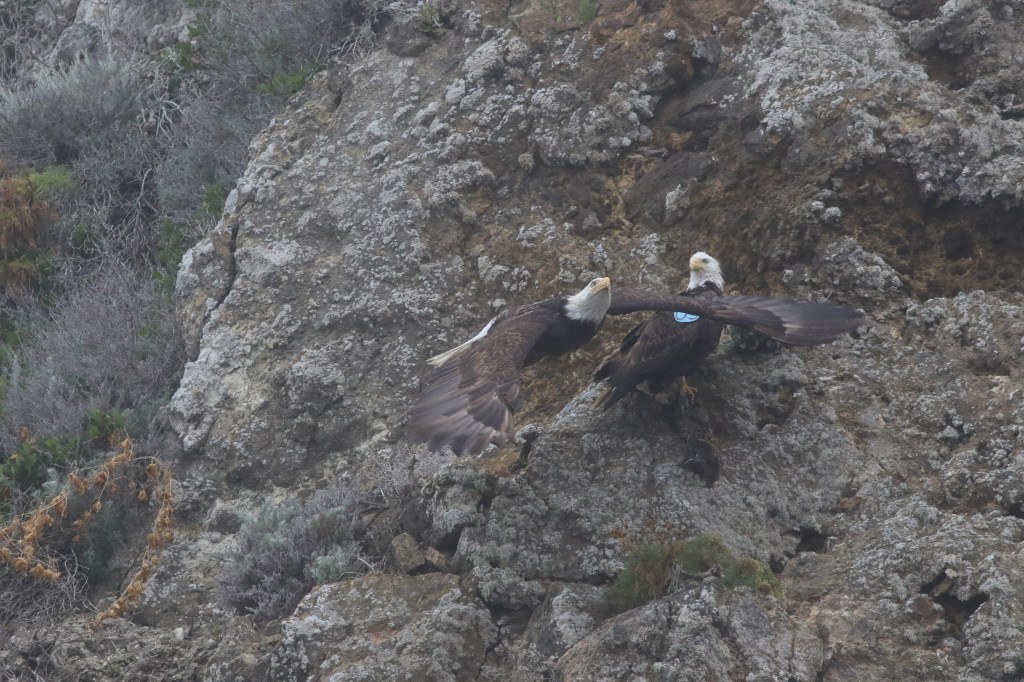
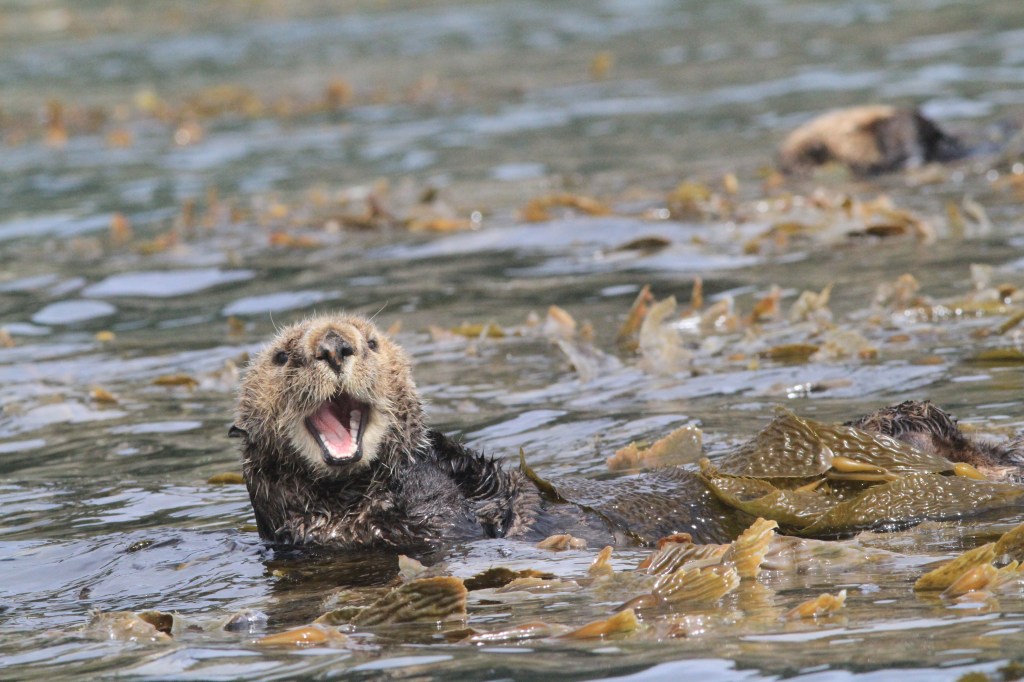



You must be logged in to post a comment.